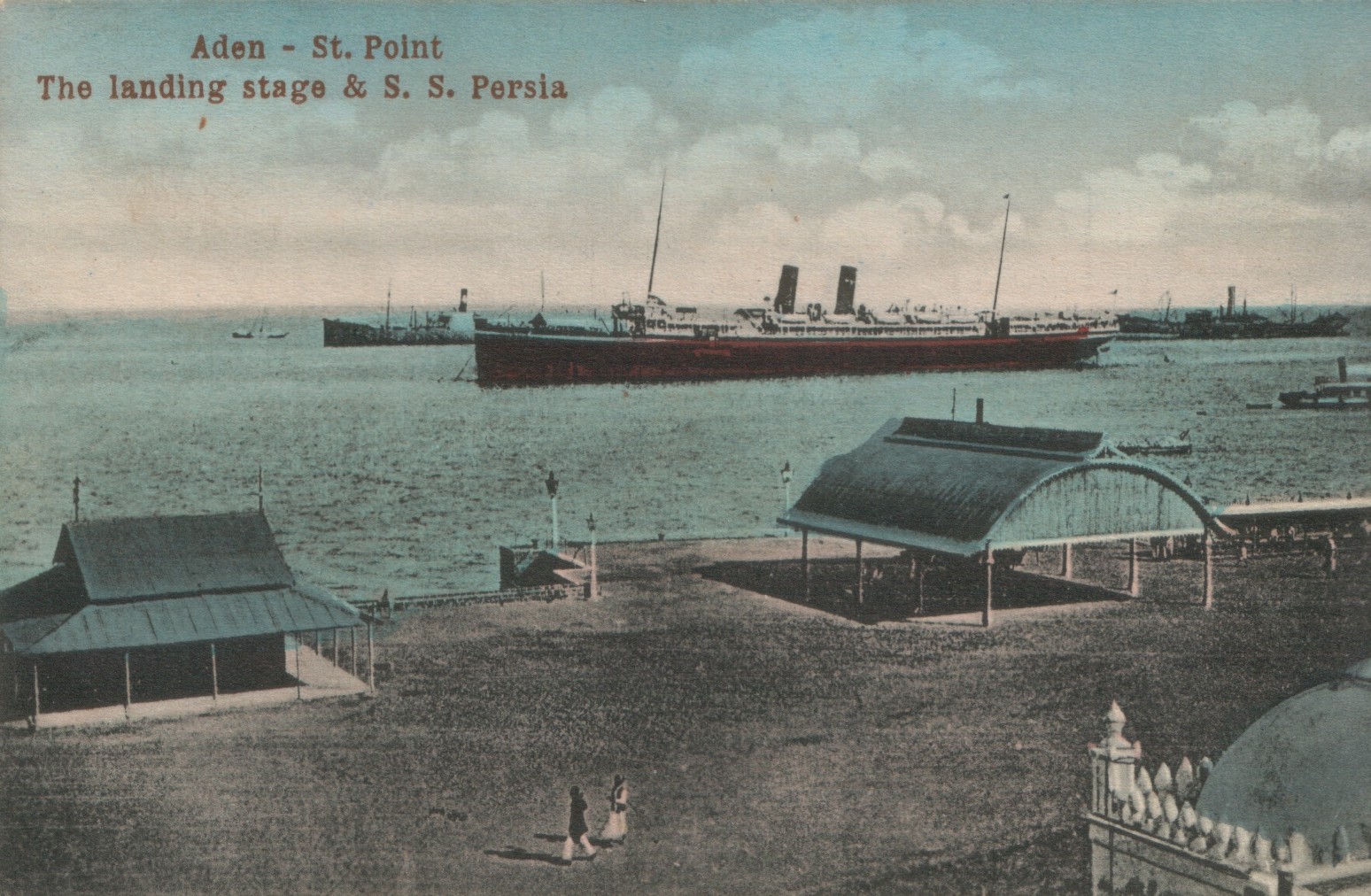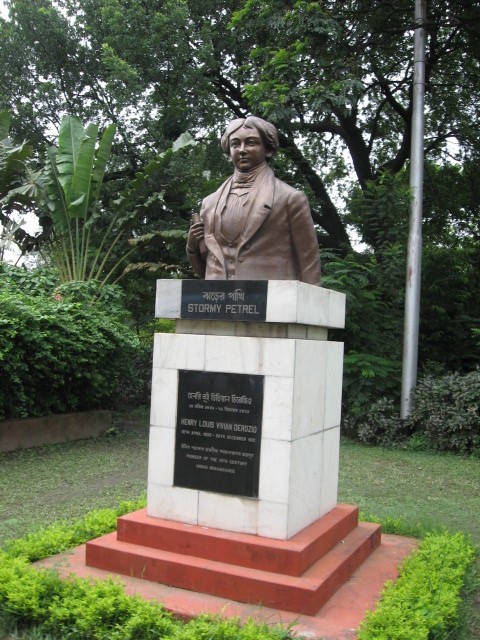|
Ayahs' Home
The Ayahs' Home, London, provided accommodation for Indian ayahs and Chinese amahs ( nannies) at the turn of the 20th century who were "ill-treated, dismissed from service or simply abandoned" with no return passage to their home country. The Home also operated like an employment exchange to help ayahs find placements with families returning to India. It was the only institution of its type in Britain with a named building. Background Following the Indian Rebellion of 1857, the East India Company was abolished and its powers transferred to the British Crown under the Government of India Act 1858. This resulted in a large number of British families travelling between the two countries. Many of these families employed local servants as they were cheaper than British staff. Among them were ayahs, the most highly prized being the sophisticated "Madrassi ayahs". Some ayahs were experienced travellers and advertised their services in newspapers."Four women" by Caroline Bressey ... [...More Info...] [...Related Items...] OR: [Wikipedia] [Google] [Baidu] |
Armistice Of 11 November 1918
The Armistice of 11 November 1918 was the armistice signed at Le Francport near Compiègne that ended fighting on land, sea, and air in World War I between the Entente and their last remaining opponent, Germany. Previous armistices had been agreed with Bulgaria, the Ottoman Empire and Austria-Hungary. It was concluded after the German government sent a message to American president Woodrow Wilson to negotiate terms on the basis of a recent speech of his and the earlier declared "Fourteen Points", which later became the basis of the German surrender at the Paris Peace Conference, which took place the following year. Also known as the Armistice of Compiègne (french: Armistice de Compiègne, german: Waffenstillstand von Compiègne) from the place where it was officially signed at 5:45 a.m. by the Allied Supreme Commander, French Marshal Ferdinand Foch, it came into force at 11:00 a.m. Central European Time (CET) on 11 November 1918 and marked a vi ... [...More Info...] [...Related Items...] OR: [Wikipedia] [Google] [Baidu] |
Joseph Salter (missionary)
Joseph Salter (9 April 1822 – 3 March 1899) was a Christian missionary in London who worked with migrants to the United Kingdom in the nineteenth century. He was particularly known for his work with lascars and later for his work with ayahs. He taught himself several Indian languages and wrote two books describing his work. Early life and family Joseph Salter was born at St Luke's, London, England, on 9 April 1822 to Matthew and Harriett Salter. He married Eliza Elizabeth Boid in 1853 who was born in Shoreditch, London. At the time of the 1861 census, the couple were living at Conant Place, Stepney, but had no children.Josep Salter England and Wales Census, 1861. Family Search. Retrieved 26 March 2018. At the time of the 1881 and 1891 censuses the family was living at |
The Strangers Home, Limehouse
''The'' () is a grammatical article in English, denoting persons or things that are already or about to be mentioned, under discussion, implied or otherwise presumed familiar to listeners, readers, or speakers. It is the definite article in English. ''The'' is the most frequently used word in the English language; studies and analyses of texts have found it to account for seven percent of all printed English-language words. It is derived from gendered articles in Old English which combined in Middle English and now has a single form used with nouns of any gender. The word can be used with both singular and plural nouns, and with a noun that starts with any letter. This is different from many other languages, which have different forms of the definite article for different genders or numbers. Pronunciation In most dialects, "the" is pronounced as (with the voiced dental fricative followed by a schwa) when followed by a consonant sound, and as (homophone of the archaic ... [...More Info...] [...Related Items...] OR: [Wikipedia] [Google] [Baidu] |
SM U-38
SM ''U-38'' was a German Type U 31 U-boat which operated in the Mediterranean Sea during World War I. It ended up being the third most successful U-boat participating in the war, sinking 134 merchant ships sunk for a total of 287,811 GRT. Its longest serving captain was ''Kptlt.'' Max Valentiner, who was awarded the Pour le Mérite while in command of ''U-38''. Valentiner was in command of ''U-38'' in November and December 1915 when she sank the passenger liners and ; both were controversial since the ships were sunk by torpedoes without warning, in defiance of the then-current Prize rules, which stated that merchant vessels carrying passengers be given an opportunity to evacuate their passengers before being sunk. In 1917 Valentiner was succeeded as commander of ''U-38'' by ''Kptlt.'' Wilhelm Canaris, who decades later became an Admiral and head of the Abwehr (German Military Intelligence), in 1935–1944. Design German Type U 31 submarines were double-hulled ocean-go ... [...More Info...] [...Related Items...] OR: [Wikipedia] [Google] [Baidu] |
U-boat
U-boats were naval submarines operated by Germany, particularly in the First and Second World Wars. Although at times they were efficient fleet weapons against enemy naval warships, they were most effectively used in an economic warfare role (commerce raiding) and enforcing a naval blockade against enemy shipping. The primary targets of the U-boat campaigns in both wars were the merchant convoys bringing supplies from Canada and other parts of the British Empire, and from the United States, to the United Kingdom and (during the Second World War) to the Soviet Union and the Allied territories in the Mediterranean. German submarines also destroyed Brazilian merchant ships during World War II, causing Brazil to declare war on both Germany and Italy on 22 August 1942. The term is an anglicised version of the German word ''U-Boot'' , a shortening of ''Unterseeboot'' ('under-sea-boat'), though the German term refers to any submarine. Austro-Hungarian Navy submarines were also ... [...More Info...] [...Related Items...] OR: [Wikipedia] [Google] [Baidu] |
SS Persia (1900)
SS ''Persia'' was a P&O passenger liner, built in 1900 by Caird & Company, Inverclyde, Greenock, Scotland. It was torpedoed and sunk without warning on 30 December 1915, by German U-boat . History It was long, with a beam of , depth of hold of and a size of , ''Persia'' carried triple expansion steam engines capable of driving the ship at . ''Persia'' was sunk off Crete, while the passengers were having lunch, on 30 December 1915, by German World War I U-boat ace Max Valentiner (commanding ). ''Persia'' sank in five to ten minutes, killing 343 of the 519 aboard. One reason for the large number of casualties was that only four of the lifeboats were successfully launched because of the list to port. The sinking was highly controversial, as it was argued that it broke naval international law that stated that merchant ships carrying a neutral flag could be stopped and searched for contraband but not sunk unless the passengers and crew were put in a place of safety (for which li ... [...More Info...] [...Related Items...] OR: [Wikipedia] [Google] [Baidu] |
Anglo-Indian
Anglo-Indian people fall into two different groups: those with mixed Indian and British ancestry, and people of British descent born or residing in India. The latter sense is now mainly historical, but confusions can arise. The ''Oxford English Dictionary'', for example, gives ''three'' possibilities: "Of mixed British and Indian parentage, of Indian descent but born or living in Britain or (chiefly historical) of English descent or birth but living or having lived long in India". People fitting the middle definition are more usually known as British Asian or British Indian. This article focuses primarily on the modern definition, a distinct minority community of mixed Eurasian ancestry, whose first language is English. The All India Anglo-Indian Association, founded in 1926, has long represented the interests of this ethnic group; it holds that Anglo-Indians are unique in that they are Christians, speak English as their mother tongue, and have a historical link to both Europe a ... [...More Info...] [...Related Items...] OR: [Wikipedia] [Google] [Baidu] |
Luso-Indian
Luso-Indians or Portuguese-Indian, is a subgroup of the larger multiracial ethnic creole people of Luso-Asians. Luso-Indians are people who have mixed varied Indian subcontinent and European Portuguese ancestry or people of Portuguese descent born or living or originating in former Portuguese Indian colonies, the most important of which were Goa and Damaon of the Konkan region in the present-day Republic of India (formerly British India), and their descendants/ diaspora around the world, the Anglosphere, Lusosphere, Portuguese East Indies etc. Luso-Asians of the Indian subcontinent are primarily from Velha Goa, Damaon, Dio district, St Mary's islands of Mangalore, Bombay (Mumbai), Korlai (Chaul), Vasai (Bassein), Silvassa, Cape Comorin, Fort Cochin etc. There are also a number of New Christian Brahmins and Christian Cxatrias with Portuguese surnames, but do not necessarily possess European ancestry, being named as such in the process of their religious conversion to West ... [...More Info...] [...Related Items...] OR: [Wikipedia] [Google] [Baidu] |
1911 United Kingdom Census
The United Kingdom Census 1911 of 2 April 1911 was the 12th nationwide census conducted in the United Kingdom of Great Britain and Ireland. The total population of the United Kingdom was approximately 45,221,000, with 36,070,000 recorded in England and Wales,National Statistics Online Retrieved 9 November 2017. 4,761,000 in Scotland, and 4,390,000 in Ireland.Census of Ireland 1901/1911 and Census fragments and substitutes, 1821-51. The National Archives of Ireland. Retrieved 6 July 2017. Geographical scope The census covered England, Wales, |
King's Cross Station
King's Cross railway station, also known as London King's Cross, is a passenger railway terminus in the London Borough of Camden, on the edge of Central London. It is in the London station group, one of the busiest stations in the United Kingdom and the southern terminus of the East Coast Main Line to North East England and Scotland. Adjacent to King's Cross station is St Pancras International, the London terminus for Eurostar services to continental Europe. Beneath both main line stations is King's Cross St Pancras tube station on the London Underground; combined they form one of the country's largest and busiest transport hubs. The station was opened in Kings Cross in 1852 by the Great Northern Railway on the northern edge of Central London to accommodate the East Coast Main Line. It quickly grew to cater for suburban lines and was expanded several times in the 19th century. It came under the ownership of the London and North Eastern Railway as part of the Big Four gro ... [...More Info...] [...Related Items...] OR: [Wikipedia] [Google] [Baidu] |
Thomas Cook And Son
Thomas Cook & Son, originally simply Thomas Cook, was a company founded by Thomas Cook, a cabinet-maker, in 1841 to carry Temperance movement in the United Kingdom, temperance supporters by railway between the cities of Leicester, Nottingham, Derby and Birmingham. In 1851, Cook arranged transport to the Great Exhibition of 1851. He organised his first tours to Europe in 1855 and to the United States in 1866. In 1865, the founder's son John Mason Cook began working for the company full-time. In 1871, he became a partner, and the name of the company was changed to Thomas Cook & Son. The company was nationalised in 1948, along with the railways, becoming part of the British Transport Commission. After de-nationalisation in 1972, it was acquired by a consortium of Trust House Forte, Midland Bank and the Automobile Association, then subsequently bought by WestLB, Westdeutsche Landesbank in 1992. In 2001, it was acquired by the German company C&N Touristic AG, which changed its nam ... [...More Info...] [...Related Items...] OR: [Wikipedia] [Google] [Baidu] |
.jpg)
.png)


.jpg)

